Hikers often experience a powerful sense of accomplishment after finishing a difficult trail, and 71-year-old Jon Anderson was no exception. In September 2022, Anderson completed one of the toughest hikes out there—the 2,650-mile Pacific Crest Trail, which stretches from the U.S.-Mexico border to Canada. He carried over 20 pounds of supplies on his back throughout the journey.
According to the Backpackers Magazine, the Pacific Crest Trail, also known as the PCT, is the second-longest of America’s Triple Crown long trails, stretching from Mexico to Canada through the states of California, Oregon, and Washington. The adventure is a long-term commitment that takes about 4 to 6 months to complete. The journey of the old man, nicknamed Pa’at, reached completion alongside two fellow hikers, Auti and Chris, who documented his last steps to the finish line. They shared a short clip of the moment on their Instagram page @humping_north. The clip was shared over multiple social media platforms and soon went viral. The couple admired the old man’s endeavor and wrote, “Pa’at reaching the northern terminus of the Pacific Crest Trail after having walked every single step of the 2,653-mile trail. Not many people can say they’ve accomplished such an incredible feat - especially not at 71!”
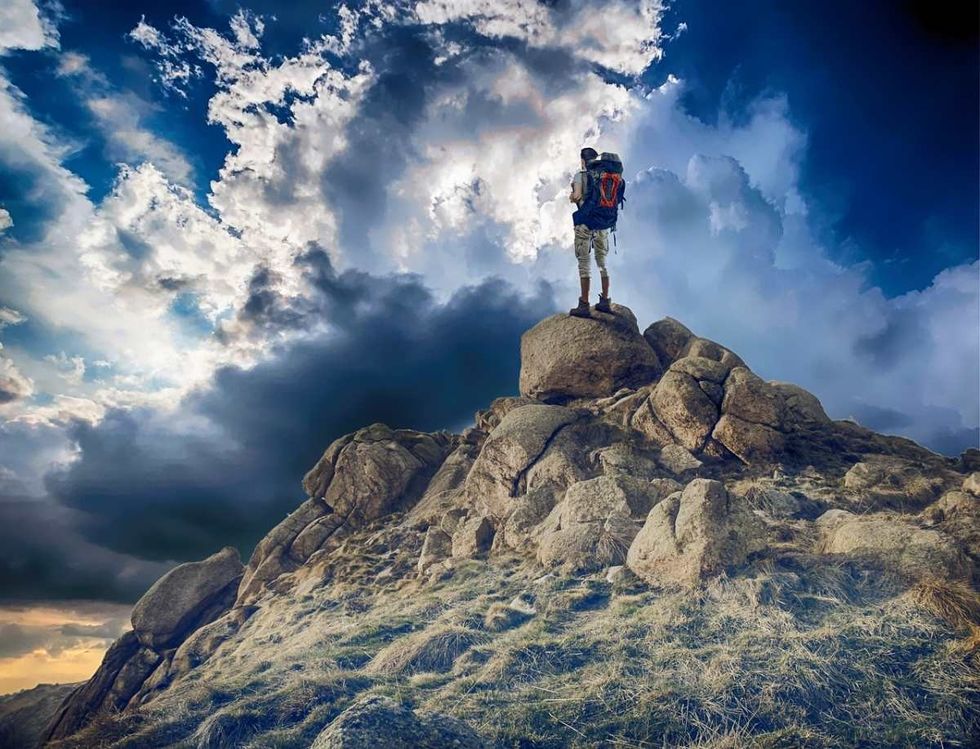
After crossing the finish line, the man started singing a song that he had penned down during his trek. “Walking such a long way. Such a long way, just to be here, just to be here. Across deserts. I walked through rivers, I climbed mountains, just to see you. Just to see you. I’ve been waiting. Such a long time.” Auti and Chris, who also completed the PCT, wrote that they didn’t meet Pa’at until Stehekin, only 80 miles from the northern terminus, so they only knew him for a few days before finishing. Adding to this, they wrote, “He’s one of those people you instantly feel like you’ve known a lifetime. He has a heart of gold, the kindest soul, and unmatched optimism and fortitude. Thank you for being such an inspiration to us, Pa’at!”
According to Outside Online, Pa’at, which means bighorn sheep in the native language of the Cahuilla, a tribe from Southern California, is just a trail name chosen by Jon. Jon chose the name after it was suggested to him by one of his friends. His five-and-a-half-month journey started on March 17 and ended on August 30, and his wife walked alongside him for the first 1,800 miles. Talking about his song, Jon from Corvallis, Oregon, told Outside Online, “That song I sang was the pent-up emotion in me for my journey, but it was also the song for everybody else who walked. They weren’t as old as me, most of them, or none of them, but it was hard for them, too.”

Jon also reported that before he set out on the PCT in March, he settled into a daily routine. He would wake up in the dark, around 4:00 a.m. He would pack his belongings under the light of a headlamp, skip an early meal, and instead hike until he got hungry. Each day he walked at least 18 miles, occasionally stretching it up to 25 miles. During the hike, he often posted detailed photos of what he noticed on the trail for his family and friends to see. These included sights such as bright orange mallow flowers, white blooms of datura, a lengthy gopher snake, and more. During the trek, he even suffered from snowblindness on one occasion. “I hardly slept because the pain was so excruciating,” he says. “It wasn’t just the pain, it was also the fear; I was afraid that I had damaged my eyes for the rest of my life,” he recalled. Jon arrived at the Canadian border on August 30, smudged with mud and singing melodious tunes. Sharing his two cents for young backpackers, he says, “One foot in front of the other will take you a long way.”





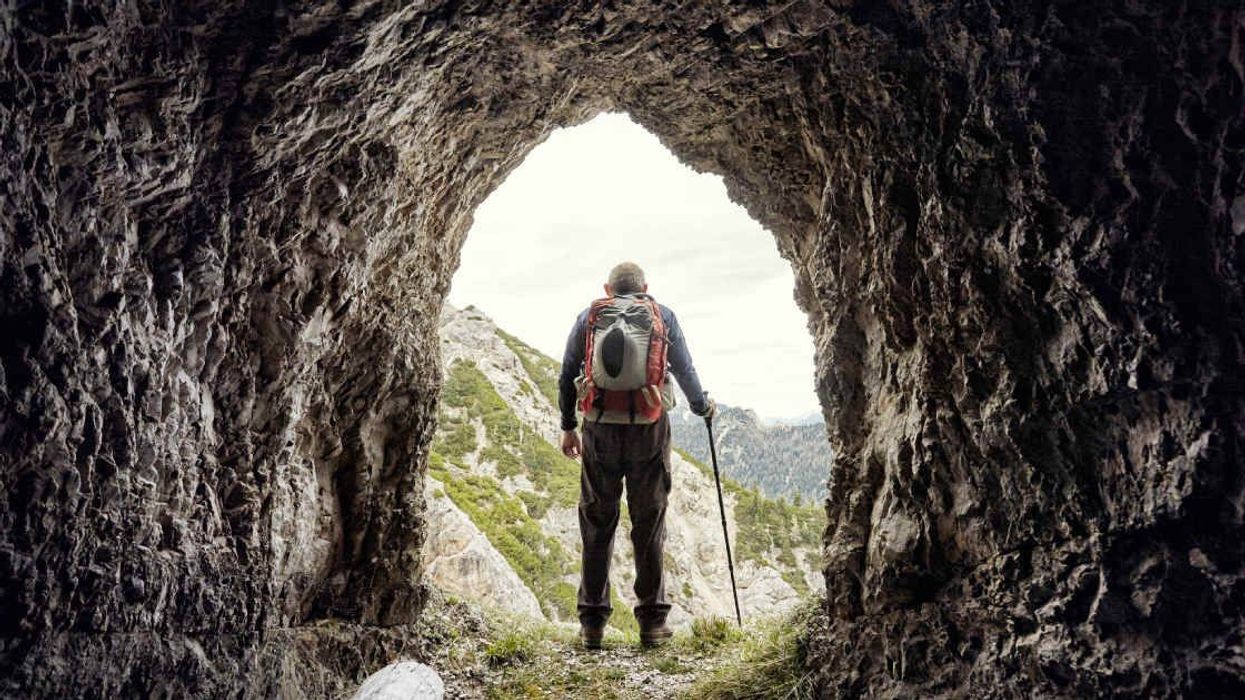












 Representative Image: Accents reveal heritage and history.
Representative Image: Accents reveal heritage and history.  Representative Image: Even unseen you can learn a lot from an accent.
Representative Image: Even unseen you can learn a lot from an accent. 

 Rice grain and white rice.Image via
Rice grain and white rice.Image via  Person eats rice.Image via
Person eats rice.Image via  Washing and rinsing rice.
Washing and rinsing rice.  Mother and daughter eating rice meal.Image via
Mother and daughter eating rice meal.Image via 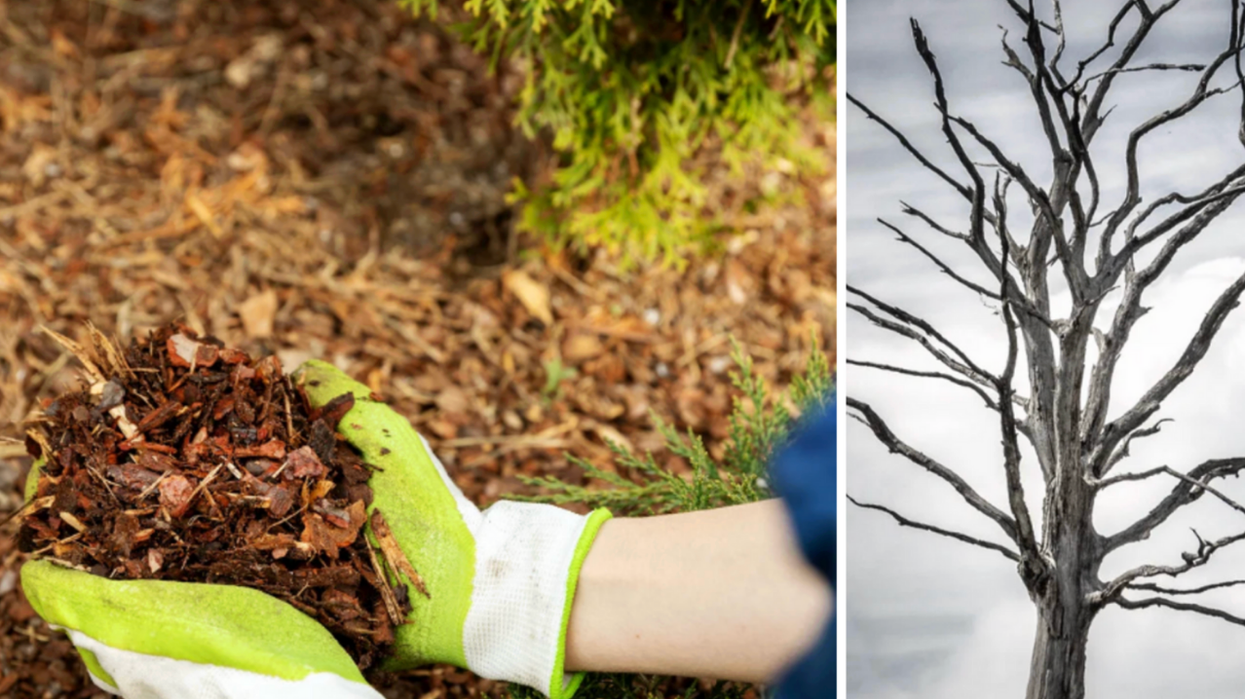

 Bees feeding on food source.Image via
Bees feeding on food source.Image via 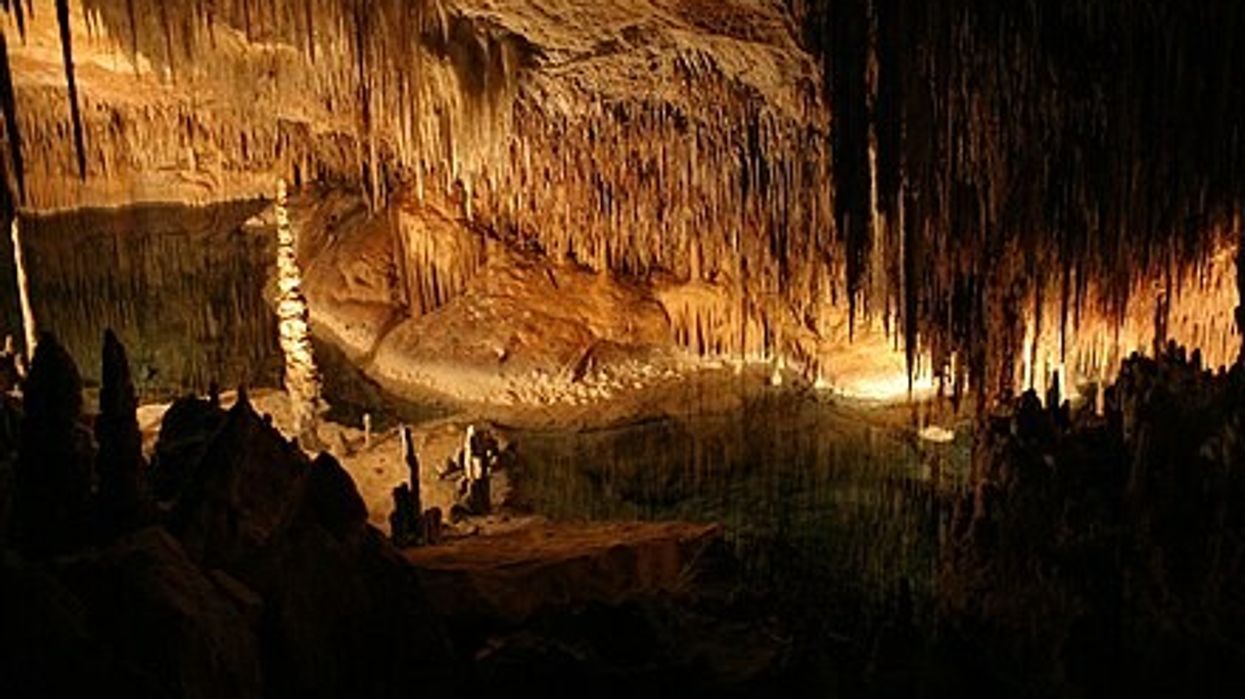
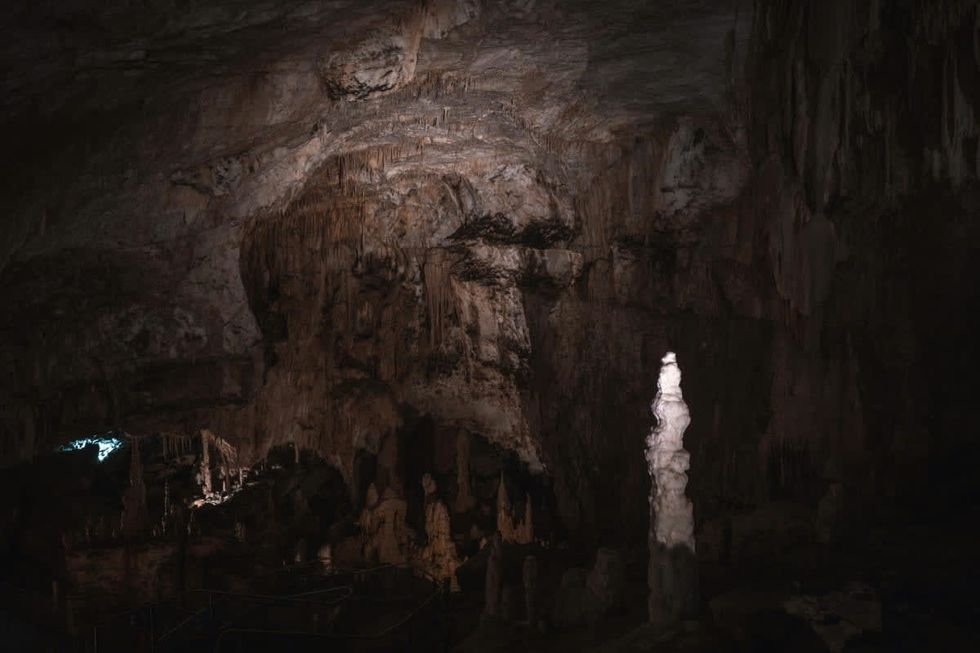 In the depths...Pexels | francesco ungaro
In the depths...Pexels | francesco ungaro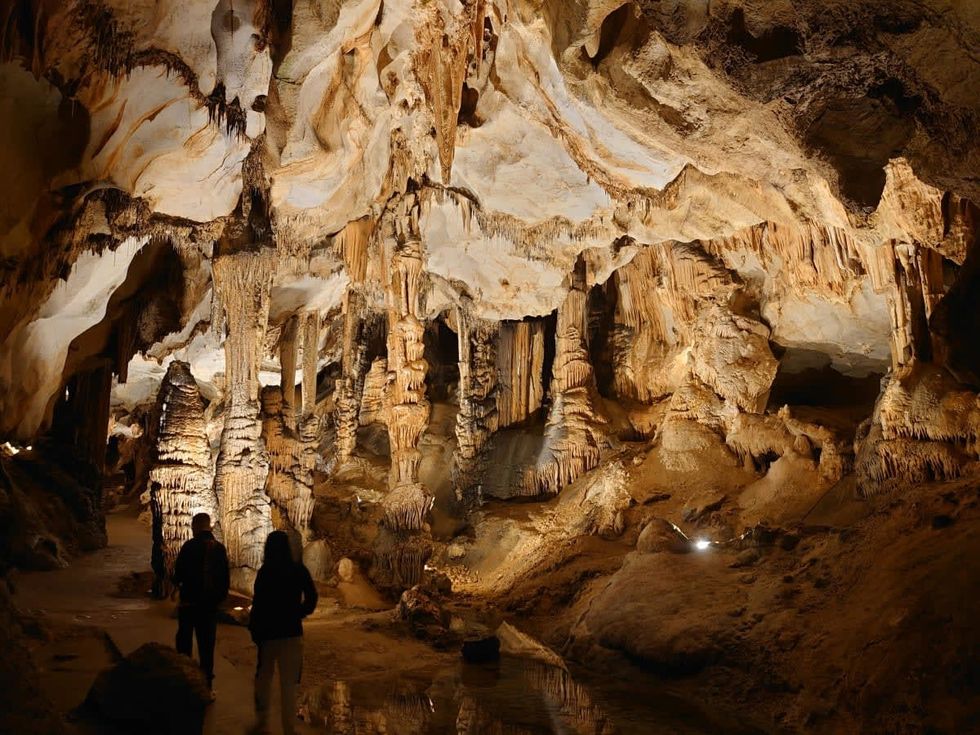 Hope the lights stay on. Pexels | parfait fongang
Hope the lights stay on. Pexels | parfait fongang "That was beyond crazy..." YouTube |
"That was beyond crazy..." YouTube |  "This is the stuff of my nightmares..."YouTube |
"This is the stuff of my nightmares..."YouTube |  "Totally blown away..." YouTube |
"Totally blown away..." YouTube | 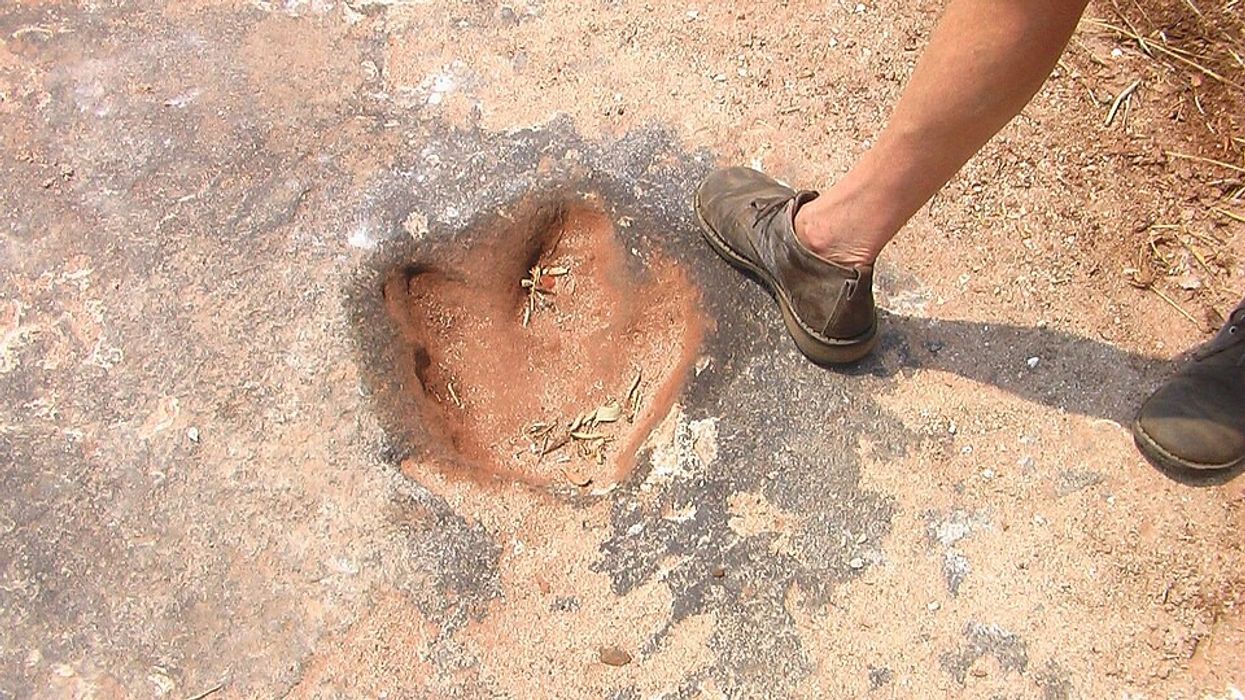
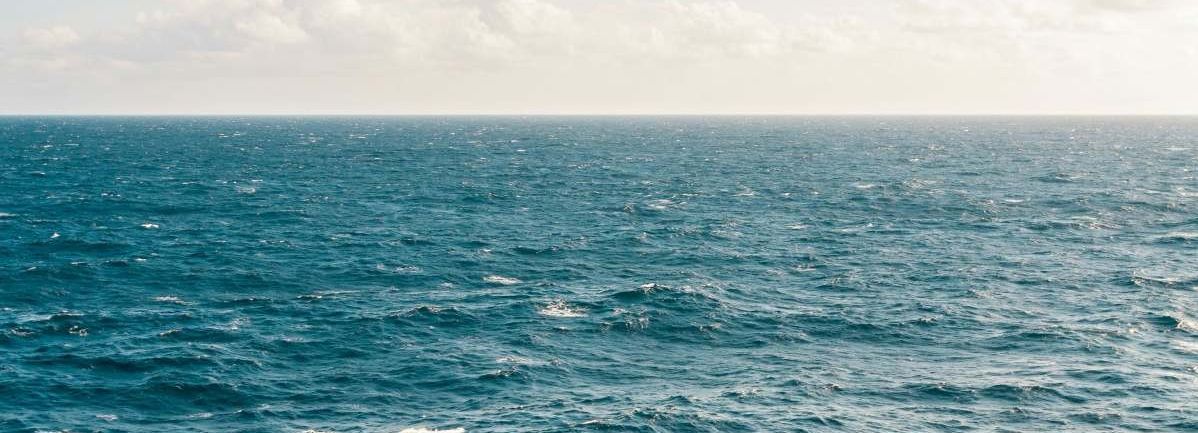 A representative Image of The Atlantic Ocean. Source: Pexels | Kellie Churchman
A representative Image of The Atlantic Ocean. Source: Pexels | Kellie Churchman Representative Image Source: Painting from a series by Ernest Untermann in the museum at Dinosaur National Monument, Utah.
Representative Image Source: Painting from a series by Ernest Untermann in the museum at Dinosaur National Monument, Utah.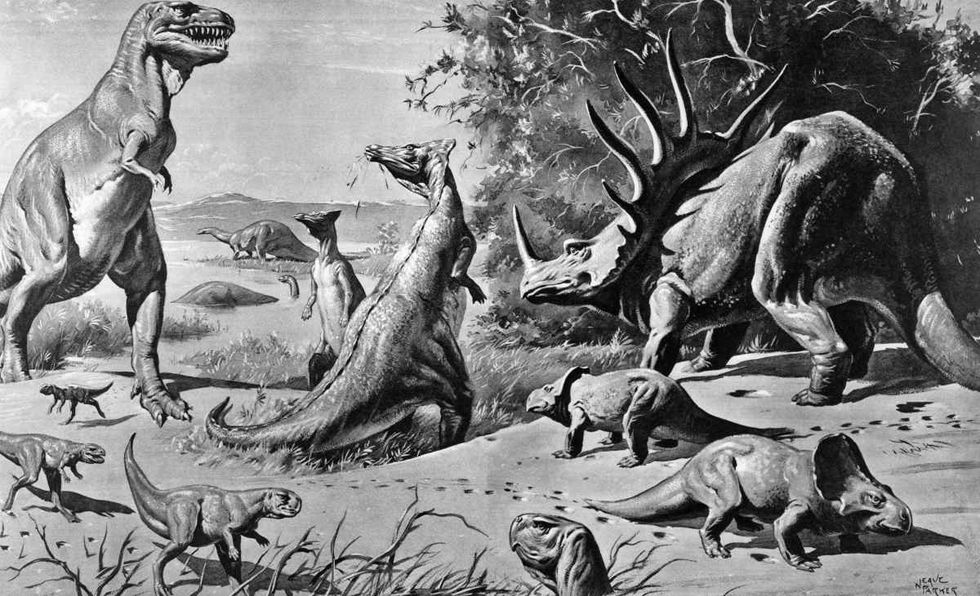 Representative Image Source: VARIOUS DINOSAURS IN GOBI DESERT. Photo by H. Armstrong Roberts/ClassicStock/Getty Images
Representative Image Source: VARIOUS DINOSAURS IN GOBI DESERT. Photo by H. Armstrong Roberts/ClassicStock/Getty Images
President Donald J. Trump and photo of a forest.
Public united and adamantly opposes Trump’s plan to roll back the Roadless Rule
There doesn't seem to be much agreement happening in the U.S. right now. Differing moral belief systems, economic disparity, and political divide have made a country with so many positives sometimes feel a little lost. Everyone desperately seeks a niche, a connection, or a strong sense of community to which they can feel a "part of," rather than just "apart."
But there seems to be one thing that the country strongly unites over, and that's the "Roadless Rule." With the Trump Administration attempting to roll back conservation policies that protect U.S. National Forests, Americans are saying in harmony an emphatic "No." A nonpartisan conservation and advocacy organization, the Center for Western Priorities, reviewed a comment analysis on the subject. After receiving 223,862 submissions, a staggering 99 percent are opposed to the president's plan of repeal.
What is the 'Roadless Rule' policy implemented in 2001?
The Roadless Rule has a direct impact on nearly 60 million acres of national forests and grasslands. According to the U.S. Department of Agriculture, the rule prohibits road construction and timber harvests. Enacted in 2001, it is a conservation rule that protects some of the least developed portions of our forests. It's considered to be one of the most important conservation wins in U.S. history.
America's national forests and grasslands are diverse ecosystems, timeless landscapes, and living treasures. They sustain the country with clean water and the wood products necessary to build our communities. The National Parks protected under their umbrella offer incredible recreational retreats and outdoor adventure.
Why does the administration want to roll it back?
U.S. Secretary of Agriculture Brooke L. Rollins told the Department of Agriculture in a 2025 press release, “We are one step closer to common sense management of our national forest lands. Today marks a critical step forward in President Trump’s commitment to restoring local decision-making to federal land managers to empower them to do what’s necessary to protect America’s forests and communities from devastating destruction from fires." Rollins continued, “This administration is dedicated to removing burdensome, outdated, one-size-fits-all regulations that not only put people and livelihoods at risk but also stifle economic growth in rural America. It is vital that we properly manage our federal lands to create healthy, resilient, and productive forests for generations to come. We look forward to hearing directly from the people and communities we serve as we work together to implement productive and commonsense policy for forest land management.”
Forest Service Chief Tom Schultz explained the Roadless Rule frustrated land management and acts as a challenging barrier to action. It prohibits road construction needed to navigate wildfire suppression and properly maintain the forest. Schultz said, “The forests we know today are not the same as the forests of 2001. They are dangerously overstocked and increasingly threatened by drought, mortality, insect-borne disease, and wildfire. It’s time to return land management decisions where they belong – with local Forest Service experts who best understand their forests and communities."
Why are people adamantly opposed to the proposed rollback?
A 2025 article in Earthjustice, a nonprofit environmental law organization, expressed its concern over the protection of national forests covering 36 states and Puerto Rico. A rescinded rule allows increased logging, extractive development, and oil and gas drilling in previously undisturbed backcountry. Here is what some community leaders had to say about it:
President Gloria Burns, Ketchikan Indian Community, said, "You cannot separate us from the land. We depend on Congress to update the outdated and predatory, antiquated laws that allow other countries and outside sources to extract our resource wealth. This is an attack on Tribes and our people who depend on the land to eat. The federal government must act and provide us the safeguards we need or leave our home roadless. We are not willing to risk the destruction of our homelands when no effort has been made to ensure our future is the one our ancestors envisioned for us. Without our lungs (the Tongass) we cannot breathe life into our future generations.”
Linda Behnken, executive director of the Alaska Longline Fishermen’s Association, stated, "Roadbuilding damaged salmon streams in the past — with 240 miles of salmon habitat still blocked by failed road culverts. The Roadless Rule protects our fishing economy and more than 10,000 jobs provided by commercial fishing in Southeast Alaska.”
The Sierra Club's Forest Campaign Manager Alex Craven seemed quite upset, saying, "The Forest Service followed sound science, economic common sense, and overwhelming public support when they adopted such an important and visionary policy more than 20 years ago. Donald Trump is making it crystal clear he is willing to pollute our clean air and drinking water, destroy prized habitat for species, and even increase the risk of devastating wildfires, if it means padding the bottom lines of timber and mining companies.”
The 2025 recession proposal would apply to nearly 45 million acres of the national forests. With so many people writing in opposition to the consensus, the public has determined they don't want it to happen.
Tongass National Forest is at the center of the Trump administration's intention to roll back the 2001 Roadless Rule. You can watch an Alaska Nature Documentary about the wild salmon of Tongass National Forrest here:
- YouTube www.youtube.com
The simple truth is we elect our public officials to make decisions. The hope is they do this for all of our well-being, although often it seems they do not. Even though we don't have much power to control what government officials do, voicing our opinions strongly enough often forces them to alter their present course of action. With a unanimous public voice saying, "No!" maybe this time they will course correct as the public wishes.